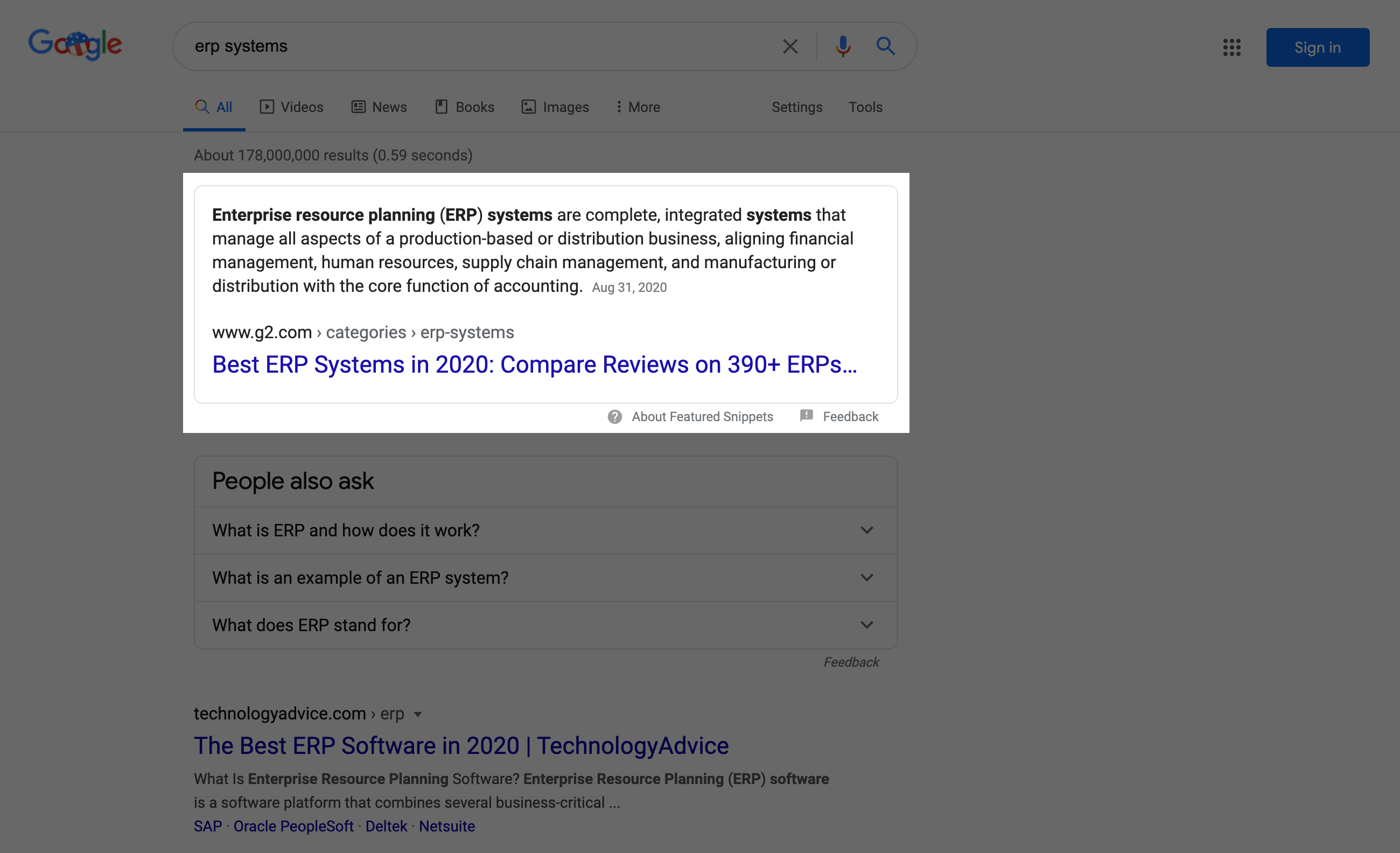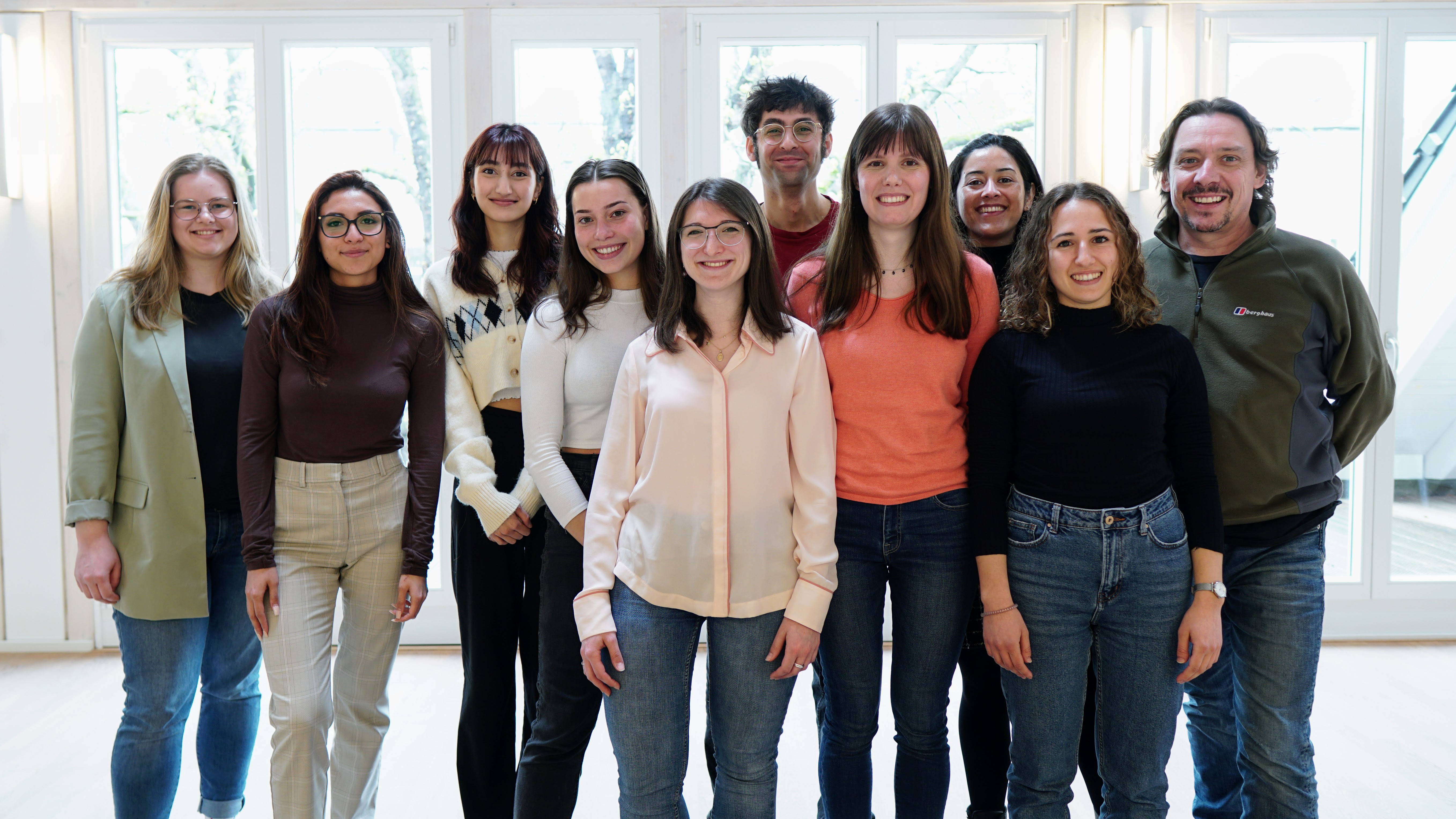The snippet is the showcase for your website. A good ranking for a keyword on Google is only valuable if users actually click on the result. A good snippet increases the click rate and generates more visitors from organic search.
When Ben Gomes was still SVP of Search at Google in 2018, he outlined the roadmap for the next 20 years of organic search in blog articles.
“The next 20 years of search” describes three pioneering changes:
- From queries to queryless searches
- From textual to visual searches
- From answers to user journeys
Google wants to be present not only for ad hoc search queries, but also during the entire user journey, from research to purchase. Visually enriched results should help when it comes to making a purchase decision. In the case of Google Discover, there is no waiting for a search query – results are displayed based on interests. These trends represent tectonic shifts.
I already described the effects in my keynote at Campixx 2020. In this article, I would like to show how we at G2 are not only increasing our organic traffic; we are doubling it every year thanks to our sophisticated SERP feature strategy.

SERP features – A child of user intention
By SERP feature, we mean all those search modules that Google displays for different user intentions or uses to enrich results with more information. They consist of Rich Snippets, Universal Search and Knowledge Graph. The goal is to make decisions easier, shorten the search for information and display more search ads.
I see Google’s financial dependence on search ads in particular as the main driver of this paradigm shift, alongside growing competition from other online platforms. Google’s turnover from search ads is growing slower and slower and accounts for a steadily decreasing share of its total revenue. On the other hand, YouTube and Cloud are playing a more prominent role. To at least keep this mild growth constant, Google is now squeezing more and more out of search results. This strategy works so well that organic search results between SERP features hardly get any attention.
The SERP layout continues to change and is increasingly consisting of so-called SERP features. The resulting hotchpotch also tears apart the well-known F-pattern of attention. In 2015, position 1 still had a click probability of almost 60%; in 2020 it is only about half that figure.
In addition, Google is displaying more and more “SERP mazes”, i.e. carousels that redirect to another search result page instead of a website. On the second search results page, of course, lots of ads are then displayed, which Google has expanded from three to four since 2016.
Competition is not only from other sites, but also from Google. The big question now is how to be successful in the organic search results.
How to succeed with SERP features
I define SERP features as anything outside the normal organic search results: Rich Snippets, Knowledge Graph integrations and Universal Search.
We can optimise some SERP features:
- Featured Snippets
- People also asked boxes
- Image Carousels
- Map Packs
- Adverts
- Rich Snippets
- etc.
We don’t stand a chance with SERP features for which Google gives answers that make a website visit unnecessary. In this case, we can only optimise for mid-tail and long-tail queries.
Our strategy at G2 basically consists of three steps:
- Gain a thorough understanding of the user intention that our product can satisfy. This includes price research, reviews and comparisons.
- Structure our query syntax, i.e. the exemplary structure of our target keywords, according to page types and user intentions.
- Research which SERP features fit our query syntax.
The idea is to precisely define which user needs can be met by a product or page and to structure the content and data accordingly. Two SERP features in particular have proven themselves: FAQ Snippets and Featured Snippets.
FAQ Snippets
FAQ Snippets are still hotly disputed. Cases of falling CTRs came to light relatively quickly after Google displayed the first FAQ snippets in the SERPs. Information was provided in the search results pages and users no longer had any incentive to click on the page. However, mad SEOs are testing everything themselves.

Our FAQ Snippets increased the click rate by +4% on average, sometimes much more. Users often look for short head terms like “CRM software” to get a basic understanding of the tools, but also want to see an overview of the different solutions. Since we offer both on our category pages, the concept of FAQ Snippets is an excellent way to get started.
For example, we were able to get the ranking for the heavily promoted keyword “CRM software” from position #6 to #1. Whether and how much the click rate itself has an effect is difficult to say. However, FAQ Snippets enable users to get an idea of the information content on our category pages and seem to be more willing to spend time on them.

Featured Snippets
Featured Snippets are Google’s attempt to provide a single best answer to a search query. Success factors are first and foremost clarity and reference. The answer must match the search query exactly and the keyword must appear in the text as a headline and below.
In a 2019 meetup in Silicon Valley, Gary Illyes said that Featured Snippet algorithms pay more attention to how well a text passage fits into a query than other results:
Featured Snippets come from an extra algo that bids for that location.
The SERP is an auction place. Everything you see work by bidding for places [ranking positions]. Whoever wins a bid for a certain position gets that place. But the first position is usually restricted.
Featured Snippets relate to the query more than a normal snippet. We try to pick passages that are more complete.
When results constantly appear and disappear, it means their bid is very close to someone else’s. The scores are utterly close to each other. [In this case, small things can make a difference.] For example, you’re on https. That could be an edge to beat your competitor.
Source: My notes from the Gary Illyes Q&A @ Bay Area Search Meetup
It is also important to choose the appropriate content format. If users are looking for structured data, then data must be structured in tables. Google usually obtains Featured Snippets from pages on position 1, while double rankings have no longer been possible since January.
As we are building a liquid marketplace with direct buying opportunities, we are often the only ones to offer transparent prices. To win the Featured Snippet, it is important to provide the data in tabular form.

Category pages also meet a user intention that a Feature Snippet displays, namely software definitions. The definition must fit the question “What is {software}?” and be short and crisp.

For example, we recently won pole position for the keyword “ERP systems”.
It all starts with user intent
If you take a look at our keywords in SISTRIX, it quickly becomes clear that we especially get SERP features for keywords with a “know intent”. The reason for this is obvious: Google wants to fulfil user intentions as well as possible and therefore shows corresponding SERP features.

Even if there are mixed user intentions, one will often prevail. For some time now, Google has distinguished between three different intentions for ambiguous terms: “dominant”, “common” and “minor”. Using different signals, the search engine can recognise how a search term is interpreted and will alter the results accordingly.

As long as the “dominant user intent” remains “know”, i.e. most users want to learn more about software instead of buying it, we have a chance of getting Featured Snippets.
Summary: SERP features are more than a nice-to-have
If you have not yet looked at SERP features in detail, you should do so right away. The secret to success is to start with the user intention and then optimise for suitable keywords and topics instead of the other way around.
The SERP feature landscape is constantly evolving. SERP features do not always have a positive impact on a page. Since the theme is very important here, SEOs must test SERP features and possibly remove them. However, they also offer exciting opportunities to gain more visibility and attention.


